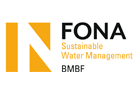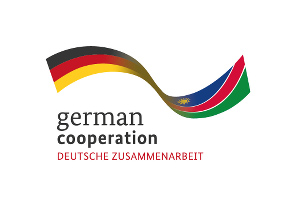Films
The prize-winning director and cameraman Gerardo Milsztein takes you directly into a region dominated by extreme weather conditions, the Cuvelai Etosha Basin. For the last eight years, the transdisciplinary research project CuveWaters, led by ISOE and collaborating closely with the local population, has been developing new water technologies that allow year-round access to water.










